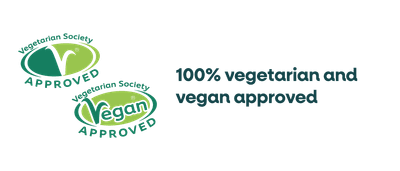
You might not even know it but our bodies rely on essential Omega-3 fatty acids for our health, including EPA which is otherwise known as eicosapentaenoic acid.
EPA stands for eicosapentaenoic acid, and it is a type of omega-3 fatty acid. Omega-3 fatty acids are essential nutrients, meaning that the human body cannot produce them on its own and they must be obtained through the diet. EPA, along with another omega-3 fatty acid called DHA (docosahexaenoic acid), plays important roles in supporting various aspects of health.
EPA in particular is associated with our heart health, as it helps maintain normal blood pressure and blood levels of triglycerides. It’s also thought to help prevent heart attacks, lower the risk of heart disease and keep our hearts healthy to maintain body function.
EPA is just one of the Omega fatty acids we need, we also need to have ALA (alpha-linolenic acid) and DHA (docosahexaenoic acid) too.
How much EPA should you have per day?
Currently, the NHS guidelines advise adults to consume at least 250mg of combined EPA and DHA per day to ensure we’re getting enough of our Omega-3s. This recommendation can be achieved by consuming two portions of fish per week, including one oily fish portion.
For children, the recommendation of Omega-3s is dependent on their age:
For those following a vegetarian or vegan diet, there are alternative ways to get enough Omega-3 through various foods as well as Omega-3 supplements.
However you also want to make sure you’re not taking too much, as taking more than 3 g daily of DHA and other Omega-3 fatty acids is considered to be possibly unsafe. Too much comes with the potential risk that it could slow blood clotting and potentially increase the chance of bleeding.

What foods contain EPA?
We can make sure we’re getting enough Omega-3 fatty acids in our diet, which include EPA by ensuring we have any of the below in our meals:
EPA supplements are available in various forms, including fish oil capsules and algae oil capsules. Whilst a lot of the food sources above have ALA, ensuring you get an algae source into your diet is an excellent way to focus on getting enough EPA into your diet as the algae is where the fish get it from in the first place. If you don’t fancy seaweed in your diet then a vegan Omega-3 supplement can help here.

What are the signs you’re not getting enough EPA?
Signs that you’re not getting enough EPA could mean you have an Omega-3 deficiency, and you might see symptoms such as:
These symptoms can also indicate other health concerns so if you are having any of these or are concerned about your health, then speak to your GP or a healthcare professional for advice and they can advise whether an Omega-3 supplement is needed or not.

Is it better to take EPA or DHA?
Some people might be concerned over whether or not to take EPA or DHA, but it’s actually essential that you have both of these Omega-3 fatty acids in your diet. Neither one is more important than the other, and both play important roles in supporting various aspects of health
EPA is known for its powerful antioxidant properties, as well as its promotion of cardiovascular and cognitive health. Whereas DHA is crucial for brain and eye development from when we’re a foetus and then throughout life.
Your GP or a healthcare professional will be able to recommend whether or not you take supplements of both, or just one in particular. However most Omega-3 supplements include both together.
